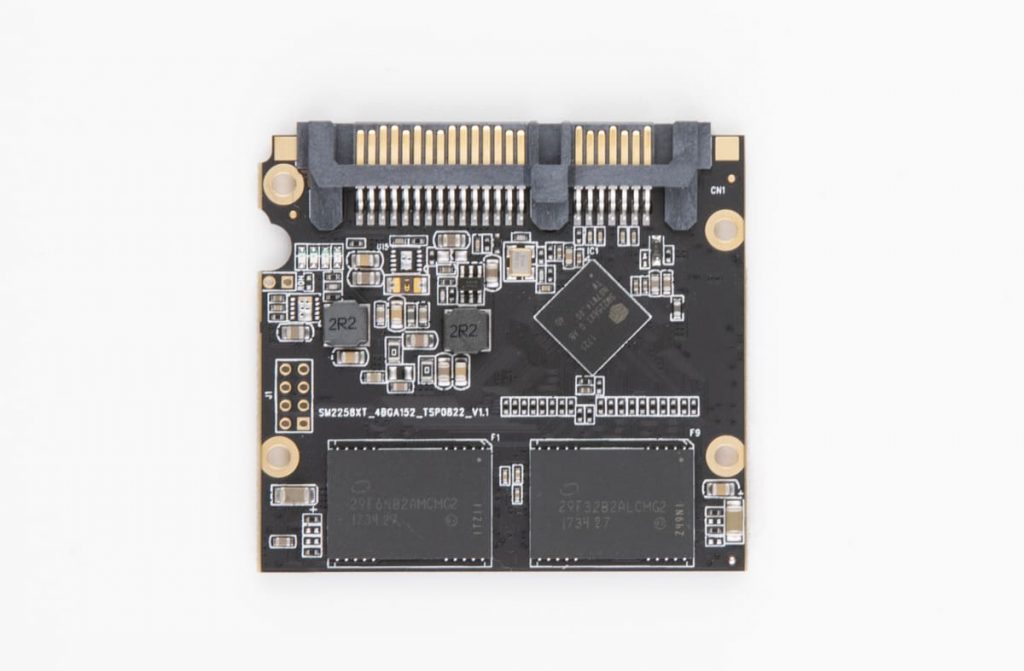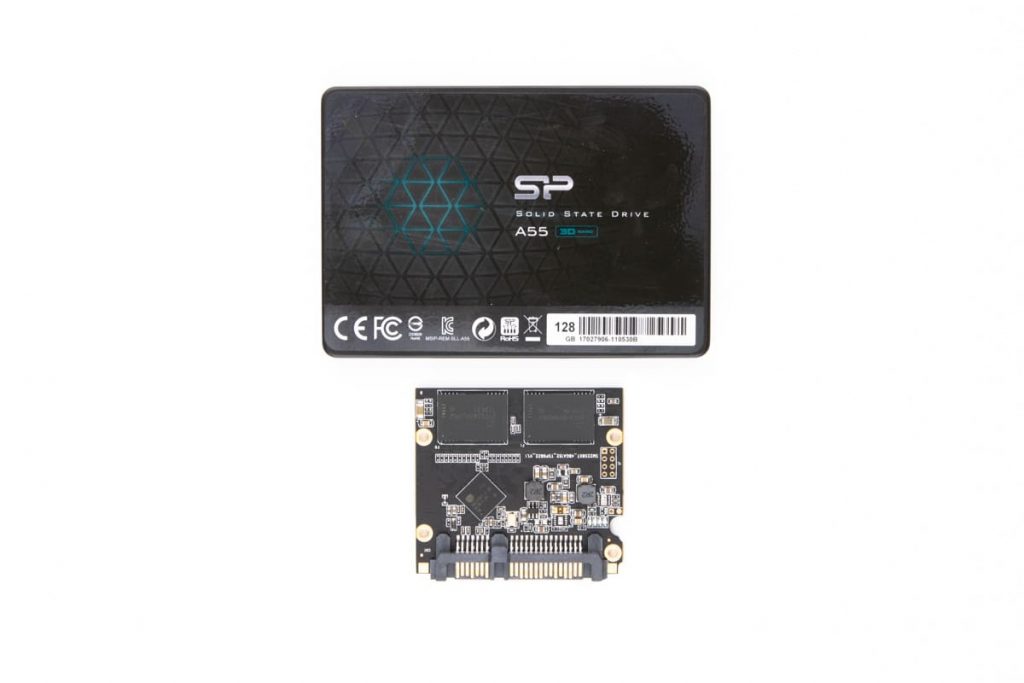Solid State Drives (SSDs) are becoming increasingly popular due to their faster read and write speeds and reliability than traditional hard disk drives. However, despite their many benefits, SSDs are not immune to data loss. In fact, data loss on an SSD can be just as devastating as on a traditional hard drive, and the process of recovering lost data from an SSD can be much more challenging.
In this blog post, our engineers will answer whether SSD data recovery is possible and explain why recovery from an SSD may not be possible. We will also discuss various data loss scenarios on SSDs and explain how our experts at PITS Global Data Recovery Services restore SSDs.
Various Data Loss Scenarios on SSDs
While SSDs offer several benefits, they are not entirely immune to data loss. It is essential to take precautions to prevent data loss, such as regular backups, to minimize the risk of losing valuable data. If data loss occurs, contacting a professional data recovery service as soon as possible is essential to increase the chances of successful data recovery.
Accidental Deletion
Just like with traditional hard drives, data on an SSD can be accidentally deleted. This difficulty can occur due to user error, software bugs, or hardware failure.
Software Corruption
SSDs can suffer from software corruption, making data inaccessible or lost. This problem can occur due to malware, software bugs, or issues with the operating system.
Hardware Failure
SSDs can suffer from hardware failure, making data inaccessible or lost. This issue can occur due to problems with the controller, flash memory chips, or other components.
Can Data be Recovered from an SSD?
The short answer is yes, SSD data recovery is possible. However, the process of recovering data from an SSD can be more complex than from a traditional hard drive. This is because SSDs use different technology to store data than HDDs.
Traditional hard drives store data on spinning disks, while SSDs store data on flash memory chips. When a file is deleted from a hard disk drive, it is not actually erased. Rather, the space on the disk is marked as available for new data. Data recovery is possible using specialized methods until new data overwrites it.
However, when a file is deleted from an SSD, the data is immediately erased from the flash memory chips. This is because SSDs use wear leveling, which spreads the data across the flash memory chips to prevent any one chip from wearing out too quickly. As a result, the data is not in one specific location on the drive, and once it is erased, it cannot be recovered using traditional data recovery methods.
When Can't Deleted Data Recovered on SSD
While SSDs offer numerous benefits over traditional hard drives, there are several reasons why data recovery from an SSD may not be possible.
One of the most significant reasons is when the data is overwritten. Once data is erased from an SSD, it cannot be recovered using traditional methods. This is because SSDs use a technique called TRIM, which erases data immediately and permanently to optimize the drive’s performance. Therefore, if new data is written over the space where the old data was stored, it becomes much more difficult, if not impossible, to recover the old data.

Another reason why data recovery from an SSD may not be possible is physical damage. Like any storage device, an SSD can be physically damaged due to dropping or water exposure. When an SSD is physically damaged, it can cause critical components, such as the memory chips or controller, to fail, making data recovery impossible.
Encryption is another reason why data recovery from an SSD may not be possible.
If an SSD is encrypted, recovery is impossible without the correct decryption key. This can make data recovery impossible if the key is lost or inaccessible. It is essential to keep the decryption key safe and secure to ensure the data can be accessed.
A controller failure can make data recovery impossible. The controller in an SSD is responsible for managing the data on the drive. If the controller fails, it can make data recovery impossible.
This is because the controller plays a crucial role in determining where the data is stored and how it is retrieved. If the controller is faulty, it can result in data loss and make data recovery more complicated.
In some cases, it may be possible to recover files from an SSD that has suffered from physical damage, encryption, or controller failure. However, it requires specialized tools and techniques that are beyond the capabilities of most people. That is why you must contact a professional data recovery service like PITS Global Data Recovery Services to ensure you get the best chance of recovering your lost data.
With PITS, Data on SSD Will be Recovered
At PITS Global Data Recovery Services, we understand the frustration of losing important data from your SSD. That is why we have a team of experienced experts dedicated to recovering your lost data. We use specialized tools and techniques to retrieve data from SSDs, and we have years of experience in recovering data from all types of storage devices, including SSDs.
When you bring your SSD to us, we start by evaluating the device to determine the cause of the data loss. Our experts carefully examine the SSD’s hardware and software components to identify any issues causing the data loss. Once we have identified the problem, we will design a plan to recover your lost, corrupted, or deleted data.
If the SSD is in a stable condition, we create a sector-by-sector image of the drive.

This involves copying all the data from the SSD to a separate drive, which we then use to perform the data recovery process. This ensures that we have a complete and accurate copy of your SSD, and we can recover your data without further damaging the original device.
We then use specialized tools and techniques to recover the lost data from the SSD image. This involves searching for any recoverable data and reconstructing it into usable files. Our experts have access to the latest tools and techniques for SSD data recovery, and we use a combination of manual and automated methods to recover your lost data.
Once we have recovered the lost data, we verify the integrity of the recovered files to ensure that they are usable and complete. We thoroughly check each file to ensure that it is free of errors and can be opened and used without any issues. We then transfer the recovered data to a new drive or the client’s preferred storage device.
At PITS Global Data Recovery Services, we have a success rate of over 99% when recovering data from SSDs. Our experts are highly trained in the latest tools and techniques for SSD data recovery, and we use state-of-the-art cleanroom facilities to ensure that your SSD is handled with the utmost care and security. We understand the importance of your data and work tirelessly to ensure that you get your valuable data back as soon as possible.
While data loss on an SSD can be just as devastating as on a traditional hard drive, it is still possible to recover lost data from an SSD. However, the process of recovering data from an SSD can be more complex than from a traditional hard drive due to the way SSDs store data.
At PITS Global Data Recovery Services, we have the expertise and tools needed to recover lost data from SSDs, no matter the cause of the data loss. If you have suffered data loss on an SSD, contact us today to learn how we can help you recover your valuable data.
